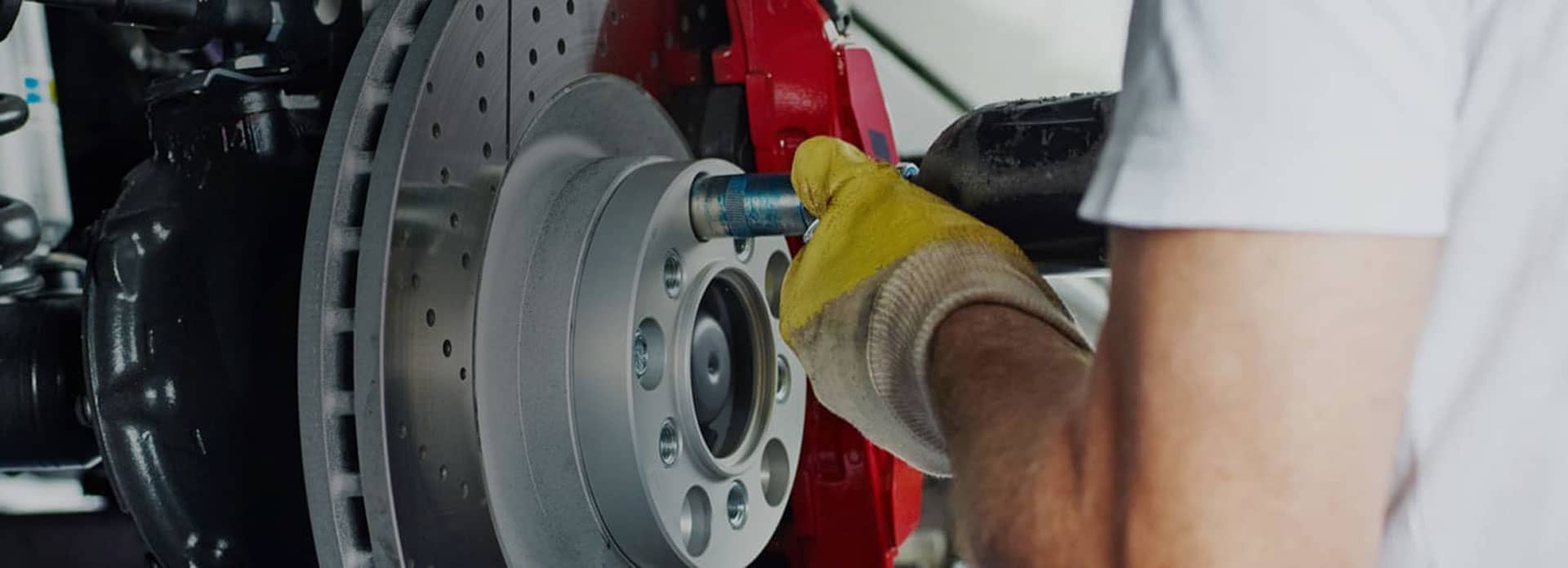
AUTONET TV
Archive for February 2025See the Light (Automatic High Beam Dimmers)Posted February 16, 2025 3:29 AMIt's happened to all of us. We're driving down a highway at night and over a crest appears a car with its high beams blazing. You are momentarily blinded, hoping the other driver will switch them to their low beam setting and restore your vision. Not only do we not appreciate being blinded, face it; we don’t want to be that other driver, either. You know, the one who forgets to turn down their high beams. Why do we want high beams in the first place? They can improve safety when used correctly, giving drivers more reaction time since they can see farther down the road. But research has found many drivers either don't use them or, when they do, they frequently forget to switch to low beams. Enter the automatic high-beam dimmer. The quest for the perfect one began back in the 1950s, General Motors invented something it called the "Autronic Eye." It was a phototube which sat on the dashboard and turned down your beams when it saw other headlights. While touted as being the biggest advance in night driving safety in 30 years, it didn't work all that well. But as technology got more advanced, systems improved. Today's automatic high beam dimmers usually have a camera in the rear view mirror (pointing forward). When the camera sees lights, software in the system's computer attempts to determine the source of the light, whether it is an oncoming vehicle, taillights, ambient city lights, street lights or the reflection off of a street sign. It then adjusts the headlights to operate high beams if appropriate or a less-blinding mode if they’re not. Some automakers are striving to make their headlight systems smarter and safer by developing lamps that can avoid blinding oncoming drivers by means other than simply dimming them. One idea? Splitting the beams so they will block just the portion that shines into the eyes of oncoming drivers. It's a long way from the Autronic Eye. Protrans Automotive & Transmission Specialists A Clean Start (Battery Cleaning)Posted February 9, 2025 3:27 AMYou may be fanatical about keeping the outside of your vehicle clean. But what about what's under the hood? Have you ever thought about how dirt and grime may be affecting your engine's components? One of the most important parts under your hood to keep clean is your vehicle's battery. With a daily barrage of dirt and moisture, outside parts of your battery can corrode, namely the cables and terminals. Gases vented by batteries can also promote corrosion. That can create connection problems and affect your vehicle's electrical system. If corrosion is not cleaned off, it may damage wires and terminals so badly that they will stop properly conducting electricity. At that point, they may need replacing. When you bring your vehicle to us for a battery inspection and cleaning, we will remove any corrosion and put corrosion-resistant protection on each post. A technician will also visually inspect your battery. Plus, we can test how much life is in your battery as part of a more comprehensive battery service. Batteries don't last forever and should be regularly cleaned, inspected, and tested. Usually, they'll need to be replaced anywhere from three to five years after they were first installed, but their lifespan depends on how, where, and how much you drive. Your battery is a very important component of your vehicle. Keep yours in tip-top shape, and it's less likely to let you down when you need it most. Protrans Automotive & Transmission Specialists A "Mounting" Problem (Motor Mounts)Posted February 2, 2025 3:27 AMYou know how heavy your engine and transmission are, so you can imagine how tough the parts that hold them onto your vehicle's sub-frame must be. Not only must they support the weight, they also have to isolate vibrations and noise from the passenger cabin. Pretty tall order, wouldn't you say? The parts that face that task daily are called the motor mounts, or engine mounts. They are usually made of rubber with steel brackets. Others contain a liquid for vibration and sound isolation. Most vehicles have three or four motor mounts, and while rubber or hydraulic liquids do a good job of damping the vibrations from the engine, they also have their limitations. The problem with rubber is that it gets old and brittle. Plus, if there's an oil leak anywhere in your engine and oil gets on the rubber motor mounts, rubber will deteriorate even more quickly. As for the liquid motor mounts, they can develop leaks and stop working. Here are signs a motor mount is going bad. You may hear a loud clunking or banging sound under the hood. That means the weight of the engine is shifting around enough to bang against other metal parts. You may feel bad vibrations, and the engine may feel like it's moving around in a strange way. When things get to that point, your vehicle can be damaged from that heavy engine knocking against things, and its time to replace one or more motor mounts. Schedule a visit to your vehicle service facility. There, a technician will assess your motor mounts; if one bad one is found, it's not unusual that others are likely to fail soon and should be replaced before they do. Because all vehicles are configured differently, some motor mounts are easily replaced. But others can be much trickier, take a lot longer and therefore are more expensive to replace. It's important for your engine's health to make sure motor mounts are sound and solid. You will maintain that quiet, vibration-free ride and could save your engine and transmission from major wear and tear. Protrans Automotive & Transmission Specialists | ||
SearchArchiveMay 2024 (15)June 2024 (5) July 2024 (4) August 2024 (4) September 2024 (5) October 2024 (4) November 2024 (4) December 2024 (5) January 2025 (4) February 2025 (3) | CategoriesBrake Service (2)Brakes (2)Winter Tires (1)Spark Plugs (1)Cabin Air Filter (2)Service Intervals (1)Customer Detective Work (1)Fuel Economy (1)Fuel Pump (1)Fluids (1)TPMS (1)Tires (4)Air Conditioning (1)What Customers Should Know (11)Battery (4)Maintenance (2)Shocks and Struts (1)Tires and Wheels (1)Fuel System (1)Cooling System (1)Inspection (1)Headlamps (1) | |

OUR REVIEWS


Steve C, 02/14/2025In viewing a YT video on what needs to be done at 150,000 miles to my '13 Nissan Altima, I found out that it needed a transmission service with both filters, gaskets and fluid replaced. Since I've taken previous cars to ProTrans for transmission service, they were the obvious choice. The appointment date and time was easily confirmed, the service done easily and communication with the tech and owner was flawless. Heartly recommend ProTrans for any work. TY, TY, TY









